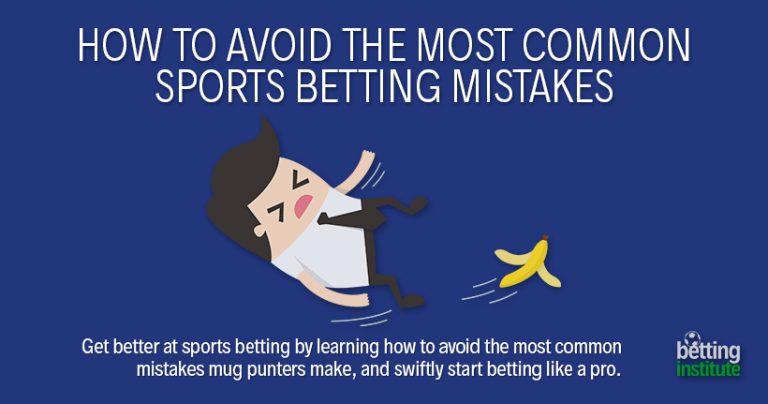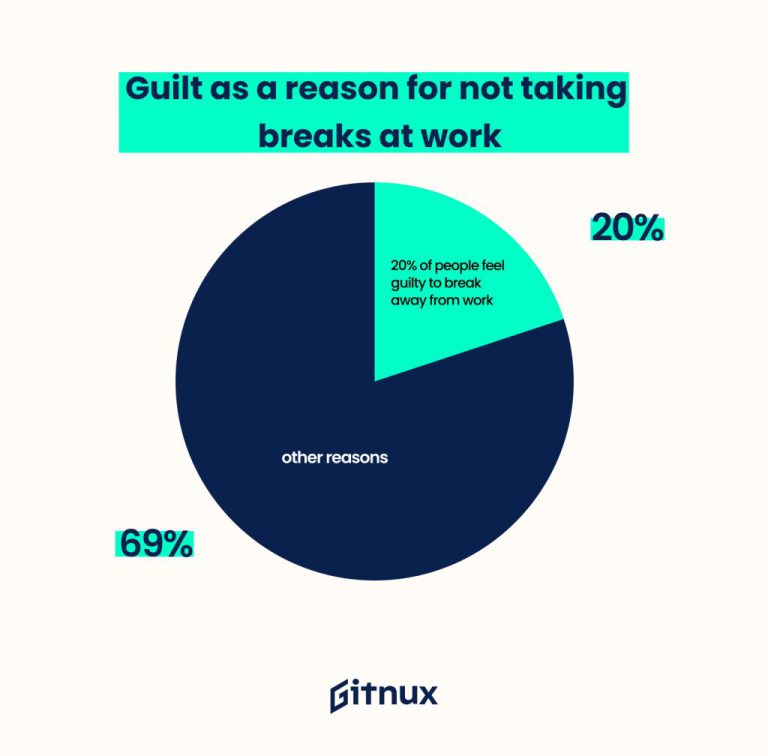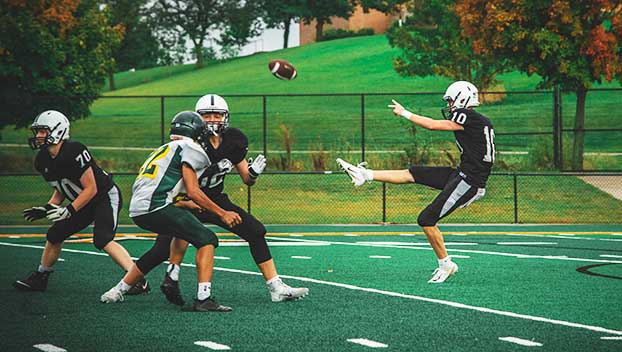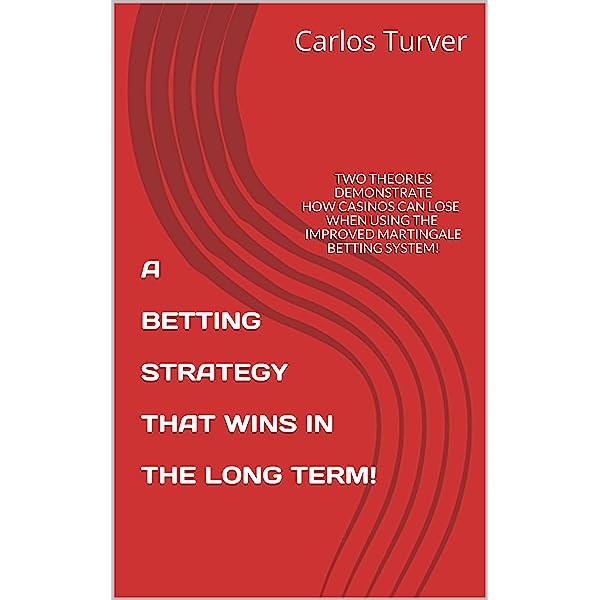What Is A Blind Bet In Poker?
If you’ve ever sat down at a poker table, you may have heard the term “blind bet” thrown around. But what exactly does it mean? Well, my friend, get ready to dive into the exciting world of poker as we explore the concept of blind bets and how they play a crucial role in the game. So, grab your chips, put on your poker face, and let’s get started!
In the thrilling game of poker, a blind bet refers to a mandatory wager that players must make without having seen their cards. It’s a way to keep the action going and ensure that there’s always something at stake. Picture this: you’re sitting at a poker table, and before any cards are dealt, the players to the left of the dealer are required to make blind bets. These bets are typically made in two rounds, known as the small blind and the big blind, with the big blind being twice the amount of the small blind.
Now that you have a basic understanding of what a blind bet is, let’s delve deeper into its significance and how it affects your strategy at the poker table. So, pull up a chair, and let’s unravel the mysteries of blind bets in poker!
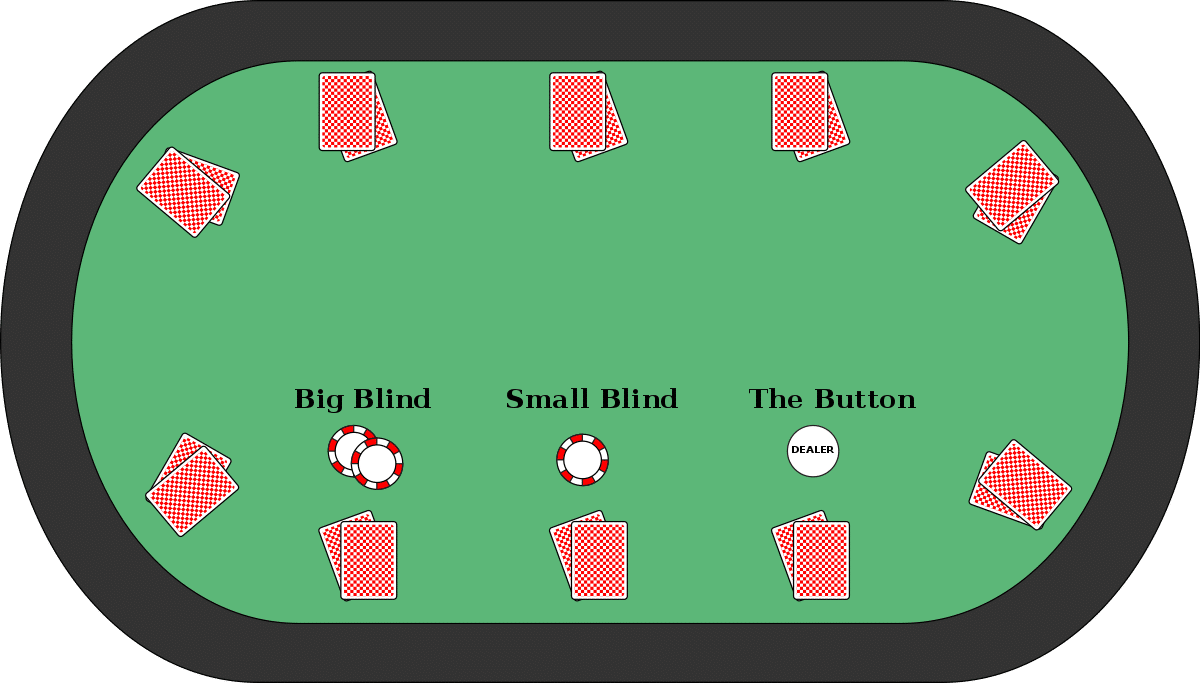
Understanding the Blind Bet in Poker
Poker is a popular card game that requires a combination of skill, strategy, and a bit of luck. One concept that often confuses beginners is the blind bet. In this article, we will delve into what a blind bet is in poker and how it affects gameplay.
What is a Blind Bet?
A blind bet is a forced bet that players have to make without seeing their cards. It is called a blind bet because players are essentially betting blindly, without any knowledge of the hand they will be dealt. Blind bets are commonly used in games like Texas Hold’em and Omaha.
There are two types of blind bets: the small blind and the big blind. The small blind is typically half the size of the big blind. These bets are placed before the cards are dealt and help create an initial pot for players to compete for. The position of the blinds rotates clockwise around the table, ensuring that every player takes turns being in the blind position.
The Small Blind
The small blind is the first blind bet made by the player sitting to the left of the dealer button. It is usually half the size of the big blind. The purpose of the small blind is to stimulate action and ensure there is always money in the pot. By making a small blind bet, players are forced to invest in the hand, even with weak cards.
When it is their turn to act, the player in the small blind has the option to call the big blind, raise the bet, or fold their hand. If they choose to fold, they forfeit their small blind bet. If they decide to call or raise, they must put in additional chips to match the current bet or raise the bet accordingly.
The Big Blind
The big blind is the larger of the two blind bets and is placed by the player sitting to the left of the small blind. The size of the big blind is determined by the table’s stake or predetermined betting structure. Like the small blind, the big blind also has the option to call, raise, or fold when it is their turn to act.
One important aspect of the big blind is that they have the option to check when there are no raises before their turn. This means they can choose not to bet any additional chips and proceed to the next round of betting. However, if there are any raises before the big blind’s turn, they must either call, raise, or fold.
Now that we have a clear understanding of what blind bets are, let’s explore their impact on the game and some strategies to consider.
Impact of Blind Bets
Blind bets play a crucial role in shaping the dynamics of a poker game. They ensure that there is always money in the pot, creating an initial incentive for players to participate in the hand. Blind bets also introduce a strategic element, as players must decide whether to invest more chips or fold based on their hand strength and the actions of other players.
For the players in the blinds, blind bets represent a financial commitment to the hand before even seeing their cards. This can create a sense of pressure, especially when facing raises from other players. It is important for players in the blinds to carefully assess the strength of their hand and make informed decisions to maximize their chances of winning.
Strategies for Playing Blind Bets
When playing blind bets, it is essential to consider the following strategies:
- Assess hand strength: Since blind bets are made without knowing the cards, it is crucial to evaluate the strength of your hand based on position, previous actions, and potential outcomes. This will help you make informed decisions when it is your turn to act.
- Observe opponents: Pay attention to the actions and betting patterns of other players. This can provide valuable insights into the strength of their hands and help you make better decisions during the game.
- Manage bankroll: Blind bets can quickly deplete your chip stack if not managed properly. Set a budget for blind bets and ensure you have enough chips to sustain your gameplay throughout the hand.
- Use position to your advantage: The position you have at the table can significantly impact your decision-making. Being in a late position allows you to gather more information from other players’ actions before making your own move.
By employing these strategies, you can navigate blind bets effectively and improve your overall gameplay in poker.
Additional Considerations in Poker
Now that we have covered the concept of blind bets, it is important to touch on a few additional aspects of poker that can enhance your understanding and skills.
Hand Rankings
Knowing the hand rankings in poker is crucial for making informed decisions during the game. Familiarize yourself with the different hand combinations, from high cards to royal flushes, to determine the strength of your hand relative to your opponents.
Table Position
Your position at the table can significantly impact your decision-making and overall strategy. The later your position, the more information you have about other players’ actions before making your move. This can give you a significant advantage in terms of hand selection and betting decisions.
Betting Strategies
Betting strategies in poker involve a combination of math, psychology, and intuition. Experiment with different betting techniques, such as value betting, bluffing, and continuation betting, to keep your opponents guessing and maximize your winnings.
Poker Variations
Poker comes in various forms, each with its own set of rules and strategies. Explore different variations like Texas Hold’em, Omaha, and Seven-Card Stud to expand your poker knowledge and skills.
The Importance of Practice
Lastly, remember that practice is paramount in improving your poker abilities. Engage in regular gameplay, both online and offline, to sharpen your skills, develop your strategy, and gain experience in different scenarios.
Conclusion
Blind bets are an integral part of poker and add an exciting element to the game. Understanding the concept of blind bets, along with strategies for effective play, can greatly enhance your overall poker experience. Remember to assess hand strength, observe opponents, manage your bankroll, and use your position to your advantage. With practice and dedication, you can become a skilled and successful poker player.
Key Takeaways: What is a Blind Bet in Poker?
- A blind bet is a mandatory bet made by players before seeing their cards in poker.
- Blind bets are used to initiate action and create a pot for players to compete for.
- There are two types of blind bets: the small blind and the big blind.
- The small blind is usually half the size of the big blind.
- Blind bets rotate around the table to ensure fairness among players.
Frequently Asked Questions
In this section, we will answer some commonly asked questions about blind bets in poker.
What is the purpose of a blind bet in poker?
A blind bet is a forced bet that ensures there is always money in the pot, even before any cards are dealt. The purpose of blind bets is to stimulate action and create opportunities for players to win larger pots. By requiring players to place bets without knowing their cards, blind bets add an element of risk and strategy to the game.
Blind bets are typically used in games like Texas Hold’em and Omaha, where there are two types of blind bets: the small blind and the big blind. The small blind is usually half the size of the big blind. These bets rotate around the table, ensuring that every player takes turns contributing to the pot.
How are blind bets determined in poker?
In most poker games, the blind bets are determined based on the table stakes. The small blind is usually equal to half of the minimum bet, while the big blind is equal to the minimum bet. For example, if the minimum bet is $10, the small blind would be $5 and the big blind would be $10.
The position of the blind bets also rotates around the table. In a full ring game with nine or ten players, the player to the left of the dealer button posts the small blind, and the player to their left posts the big blind. This ensures that every player has a chance to be in the blind positions throughout the game.
Do blind bets count as real bets in poker?
Yes, blind bets are considered real bets in poker. They are mandatory bets that players must make before they receive any cards. Blind bets are treated the same as any other bets in terms of their contribution to the pot and the subsequent betting rounds.
Once the blind bets have been placed, the remaining players at the table have the option to call, raise, or fold. The blind bets create a starting point for the betting action and influence the size of the pot in each hand.
What happens if a player refuses to make a blind bet?
If a player refuses to make a blind bet when it is their turn, they will typically be dealt out of the hand. This means they will not receive any cards and will not be eligible to win the pot. Refusing to make a blind bet is generally considered a violation of the rules and etiquette of the game.
In some cases, a player may be allowed to “sit out” for a certain number of hands if they are temporarily unable or unwilling to make blind bets. However, this is usually only permitted in casual or friendly games and is not common in professional or tournament settings.
Can blind bets be raised in poker?
Yes, blind bets can be raised in poker. After the blind bets have been placed, the remaining players at the table have the option to call, raise, or fold. If a player chooses to raise, they must increase the size of the bet by at least the amount of the previous bet or raise.
For example, if the big blind is $10, a player can choose to raise to $20 or more. This adds an additional layer of strategy to the game, as players must consider the size of the blind bets and potential raises when deciding whether to continue in the hand.
Poker Blinds | Poker Tutorials
Final Summary: Understanding the Blind Bet in Poker
Now that we’ve delved into the world of poker, it’s time to wrap up our discussion on blind bets. These mandatory bets add an exciting twist to the game, ensuring that there’s always action on the table. Whether you’re a seasoned player or a newbie, understanding the blind bet is crucial to your success at the poker table.
In conclusion, a blind bet is a bet made by players who haven’t seen their cards yet. It’s a way to keep the game moving and create opportunities for strategic play. The small blind and big blind are two types of blind bets that players must make in each round. The small blind is usually half the amount of the big blind, and both bets are made before any cards are dealt.
So, the next time you sit down for a game of poker, remember the importance of blind bets. They not only keep the game flowing but also add an element of excitement and strategy. Understanding the blind bet will help you make informed decisions and maximize your chances of winning. Good luck at the tables!

